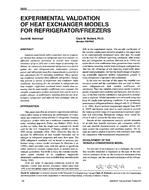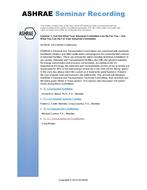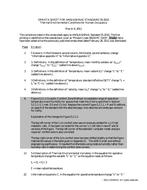Click here to purchase
The objective of this paper is to report on an analysis of natural gas usage scenarios in high performance homes through to net-zero energy. The technical analysis of energy usage trends led into investigations regarding the impact these homes have on gas and combined utilities, equipment manufacturers, builders, and homeowners. To best address the spectrum of utilities and building markets, a national Zero Energy Homes research methodology was used as the platform for analysis. The U.S. Department of Energy’s (DOE) Building America program has been researching Zero Energy Homes for over 10 years. The program’s least cost approach was used to develop technology pathways for high performance homes in four major climate regions. Results suggest that gas use in high performance homes, especially in cold climates, is reduced at an accelerated rate compared to electricity. In a highly efficient Chicago design, the simulated gas usage was reduced by 73 percent, whereas electricity was reduced by only 51 percent. This trend holds true for most homes built above the baseline as major appliances and miscellaneous plug loads (e.g. consumer electronics) are reduced at a lesser rate than space and water heat. While Zero Energy Homes may be far away in many regions, 30-50 percent whole house energy saving high performance homes may be a near-term reality. In 2008, ENERGY STAR New Homes represented 17% of the national market and that number is growing. While most investigations of high performance homes or zero energy homes focus on electric utilities, this analysis suggests that the accelerated gas use reductions make the impacts on gas utilities a more near-term reality. Today, in areas where high performance homes have a real market presence, significantly reduced gas utility revenue combined with emerging electric alternatives are eroding the traditional economics of gas main and service connections. This paper will explore the role natural gas plays in the push toward zero energy homes, including high efficiency equipment trends and utility attachment policies and revenue scenarios.
Citation: ASHRAE Conference Papers, Las Vegas, NV
Product Details
- Published:
- 2011
- Number of Pages:
- 8
- File Size:
- 1 file , 1.3 MB
- Product Code(s):
- D-LV-11-C041


